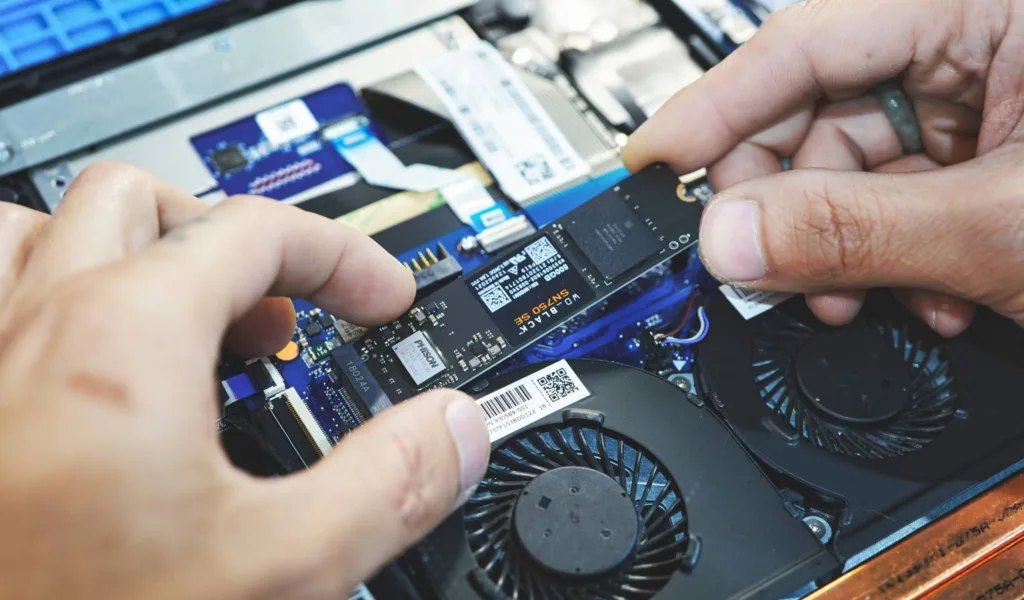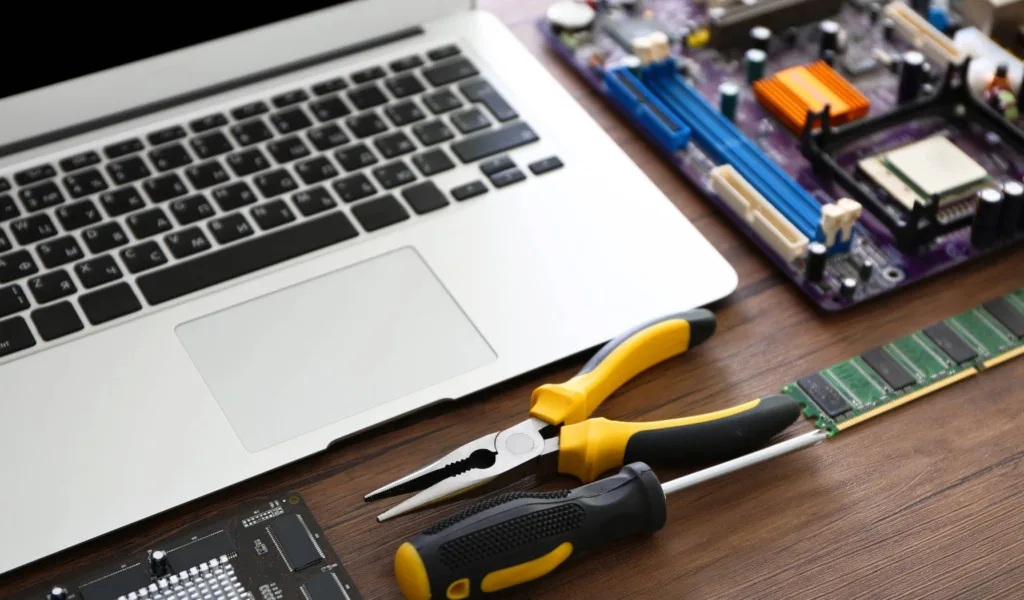Subscription Case
By Niels Vestergaard
At Subscrybe, at the beginning of last year, we shifted our focus to Products-as-a-Service. There are strong indications that this will be the future business model in the hardware market – not only for environmental reasons, as the model supports a focus on ongoing repair and upcycling of electronics but also because this particular focus requires a new way to ensure continuous revenue for the companies offering hardware.
It’s no secret that hardware companies, like everyone else, rely on ongoing revenue. Historically, this has been addressed by innovating and releasing new and improved products every year. However, this is not a sustainable solution if we are to collectively succeed in reducing the production of new electronics in the future.
Hardware-as-a-Service is becoming big business
And to be honest, Subscrybe has not experienced significant demand for “as-a-Service” business models up to now. These models can pose challenges in the sales process as they require a significant shift in consumer behavior. Many consumers have some hesitation when it comes to entering into ongoing payment arrangements, especially when it comes to electronics.
This attitude contrasts with developments in areas such as mobility, where consumers actively seek alternatives to full ownership of cars. However, it is important to note that major tech giants like Google, Apple, and Samsung have yet to show signs of considering subscription-based models for their physical products. This is likely attributed to their continued success in selling new products; for example, Apple sells over 220 million new iPhones annually.

Despite this, we see signs of change on the horizon. Recently, the Israeli company Xyte managed to secure $30 million in financing for the development of their Hardware-as-a-Service management platform, which already counts companies like Intel, Schneider Electric, and Rebar on their client list. Notably, both Intel Capital and Samsung Next are involved in this investment round.
Another interesting example is Circular, which launched subscription services for iPhones, AirPods, and other devices last year. This relatively young company already has a valuation of over $30 million after experiencing 300% growth from 2022 to 2023.
Perhaps the most significant example is Grover, which secured an impressive $110 million in investments in 2022. Grover is now one of the leading platforms in Hardware-as-a-Service and offers the opportunity to rent everything from cameras to PlayStations and drones on a monthly basis.
These successful examples demonstrate that, despite significant challenges, there is a growing interest and acceptance of subscription models for physical products.
When will the shift in consumer habits come?
Ovenstående tal tyder jo på, at der i hvert fald i udlandet er en tro på Hardware-as-a-Service i fremtiden. Og indenfor B2B er mange udbydere af industrimaskiner også begyndt at operere med en abonnementsmodel.

The above figures indeed suggest that there is a belief in Hardware-as-a-Service in the future, at least abroad. And within the B2B sector, many providers of industrial machinery have also started to operate with a subscription model. So why can’t we really feel it in the consumer market in Denmark?
As a business-trained professional, I also need to get used to the idea of giving up an asset in favor of paying monthly for it. It’s not the most intuitive thought experiment. And perhaps it’s precisely this idea that Danish consumers have as well – do we really have to pay monthly for something we’ll never own?
This is where it’s important to offer strong services alongside the product. Take, for example, Danish company myway, which offers laptops on a subscription basis. In exchange for your subscription price, you get full insurance and fast replacement, ensuring that you always have a working computer. And that makes sense because products like laptops and phones are something that modern people can rarely do without for more than a few days at a time.

A change in consumer behaviour is necessary
In other words, the consumer change required is a shift from thinking about products to thinking about outcomes. You shouldn’t tie your money up in the phone you have right now, but instead allocate a monthly amount to always have access to a phone – regardless of what happens to the one you have in your hand right now.
With this perspective, we can address businesses’ incentive to create good and sustainable hardware while consumers can access what they desire. I admit that it is a significant upheaval, one that is already underway abroad but not as much here in Scandinavia yet…
It remains to be seen if 2024 will be a year of progress in this regard and who here at home will dare to lead the market and change the way we consume hardware.


